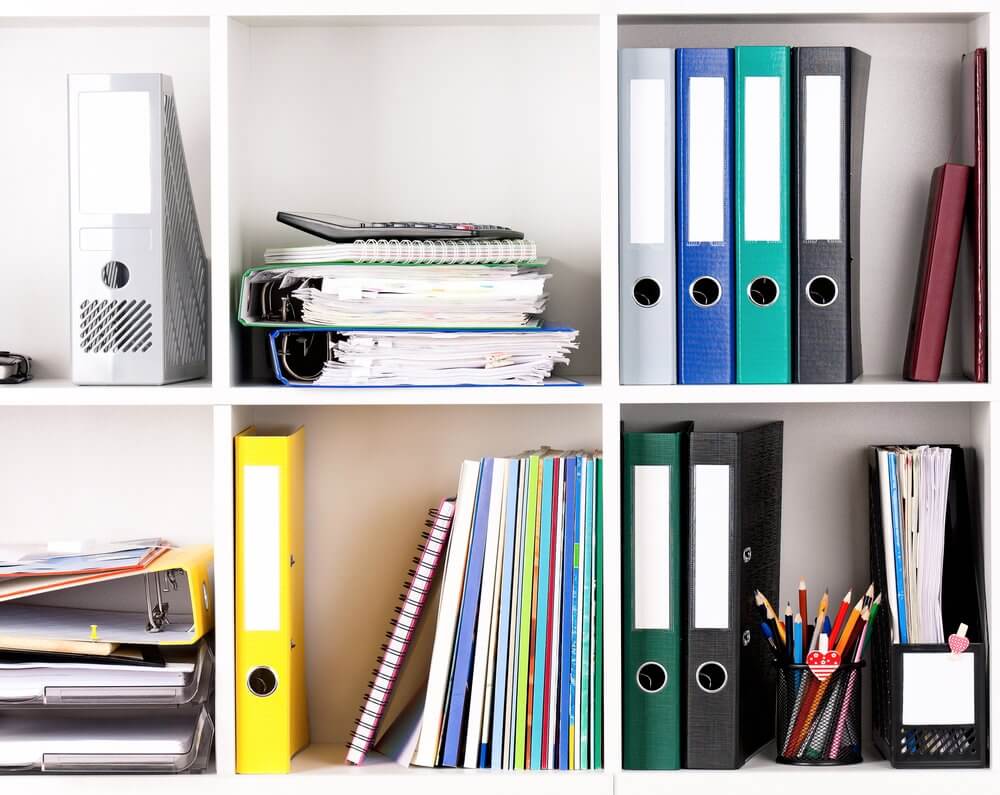
Facility managers are constantly challenged with overseeing various office resources like rooms, supplies and safety equipment. This can be difficult without the help of tracking tools—a lack of proper monitoring can lead to unnecessary errors and wasted funds. By using software to streamline this task, you’ll know a resource’s location, physical condition and current usage status. What’s more, resource tracking can help you cut down on time and costs in the following three ways.
Better capacity planning

Knowing what resources are available and how they’re being used is crucial to proper capacity planning. You’ll see which ones are underused or overused, and easily identify items that need repair.
What is capacity planning? Capacity planning determines production capacity needed by an organization to match available employee hours against the needs of a project or program, and plans the maximum amount of work that can be completed in a given period.
Doing so will help you better plan your company’s workflow and ensure that equipment is properly maintained.
This will reduce the likelihood of conflicting requests for equipment or rooms between different departments—too many confused requests are a strong signifier that the current system requires a change.
Faster changes

Creating office changes can be time consuming, especially if they’re company-wide in scale. Major projects like renovations, upsizing, downsizing and creating new departments all take time and proper management of available resources. FMs can implement change much more quickly when they know where assets are and who’s using them.
Moving to a new location, for example, would be less tedious if all the items in the office were already accounted for, allowing for a faster inventory update and fewer chances of missing supplies.
Tracking these assets also helps keep different teams coordinated and on the same page when starting new projects.
Speed is of special importance in high-pressure situations. Costly mistakes, business crises and physical emergencies require the rapid detection of critical resources like faulty infrastructure or safety equipment—the ability to immediately locate these assets can be crucial in recovering successfully.
More informed decision making

Using data to make decisions is an important part of corporate strategy. Facilities management is no exception to this—and tracking resources is yet another way to gather and analyze important workplace data. Establishing maintenance patterns, deciding on furniture or technology acquisitions as well as planning office expansions all benefit from more clear and relevant information. For example, how often is a certain piece of equipment used and how many people require it to do their work? You may find that your employees would benefit from a phone system upgrade if your office makes many conference calls.
Making these choices without understanding how your resources are being used in the workplace can lead to high-cost investments that don’t really benefit the company. When you know how your assets are being used, you’ll be in a more informed position to ensure your choices are efficient and responsible.
Ultimately, the value of resource tracking is the availability of data. This information is especially insightful when it’s used to coordinate other departments in the company like IT and finance. With more data on hand, a facility manager can identify new ways to use their resources effectively, saving their company money, time and labor.
Photos: Taduuda, Kinseykick, DenisNata / Shutterstock.com, stevepb



